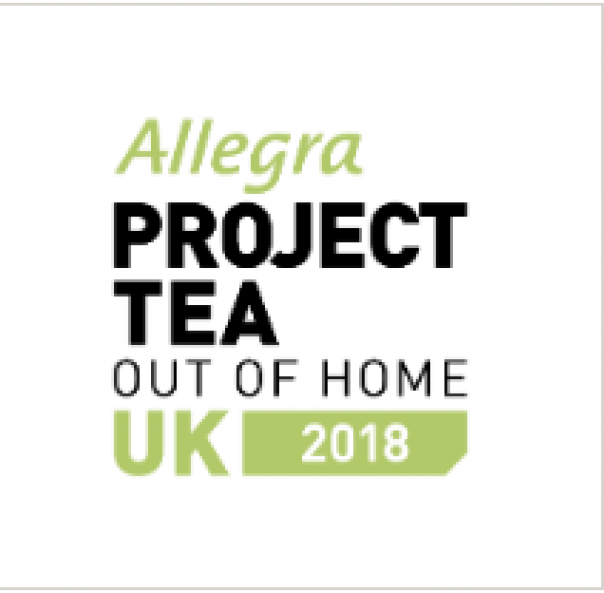
According to the firm, tea consumption out-of-home remained ‘healthy’ in 2017, with total sales topping £283 million (up £27m on 2016). To put it into perspective, the specialised coffee shop sector is worth an estimated £6.4 million.
That said, Allegra expects tea sales to increase 10.3% year-on-year for 2018 at £313m, and a staggering £439m by 2022.
Research manager Bradley Journeaux said: “Specialty teas that tap into current premiumisation and wellness trends are providing a significant boost to out-of-home tea sales, with matcha, kombucha and other functional teas at the forefront.
“Among the major players, we’re starting to see greater variety in terms of range and delivery, with more emphasis on presentation of delivery and a resolved determination to provide the best quality experience.
“Those operators moving beyond the basic tea offer and providing a better value proposition are gaining traction with consumers.”
As such, Allegra identifies the top five tea out-of-home trends as below:
Specialty teas favoured over traditional black
Allegra observes significant growth in fruit, herbal and green tea compared to traditional black tea, with 58% of operators adding more specialty teas to their menus in the past three years.
Health-focused products represent significant opportunities for operators. 45% of industry leaders agree that healthier and specialty tea offerings represent the two most significant product opportunities for tea out-of-home.
Tea operators must turn the tables on value perception
Reversing negative consumer perceptions on the value of tea-out-of-home is another significant challenge. Just 29% of consumers believe tea out-of-home represents good value for money.
However, 41% would be more inclined to drink tea-out-home if quality was improved, indicating that operators should seize the opportunity to offer more premium products. In particular, loose-leaf products show potential to increase profit margins and satisfy quality expectations.
Consumers remain lukewarm on tea out-of-home
At-home consumption is still by far the UK’s preference, with the majority of consumers surveyed indicating they will not increase out-of-home consumption in the next 12 months.
This attitude represents a significant challenge for tea operators. However, more than 90% of operators who refreshed their tea offering in the last 3 years experienced increased sales, indicating that menu diversification is a key route to sales growth.
The nation’s favourite cuppa
Aside from smaller branded independent tearooms, the UK still lacks any nationally scaled tea chains. High street coffee chains continue to be the most common locations for regular tea out-of-home consumption – ahead of department stores, independent cafés and work environments.
38% of consumers identified Twinings as their favourite tea brand, ahead of Yorkshire Tea (36%) and PG Tips (35%). Allegra research showed a heavy bias for Twinings among under-30s while Yorkshire Tea was the preference of far more over-60s.
Despite the increased popularity of herbal and specialty varieties, which are more commonly consumed without milk, tea with milk remains the UK’s most popular tea out-of-home offer. 61% regularly consume tea with milk, while 30% regularly drink black tea and 17% choose green tea.
Market trends: What the tea leaves say
Undeterred by the challenges of delivering tea out-of-home, 67% of industry leaders expect sales performance for next 12 months to be positive, with the remaining 33% neutral.
Complementing recent health and trends, tea also continues to perform well as an alternative social beverage to alcohol – especially among varieties promoting specific health benefits.
While the company said it “forecasts the tea out-of-home marketplace to continue to be defined by increasing consumer demand for product innovation and variation,” it warned that most industry leaders are doubtful the beverage will replace coffee as the “core out-of-home proposition.”